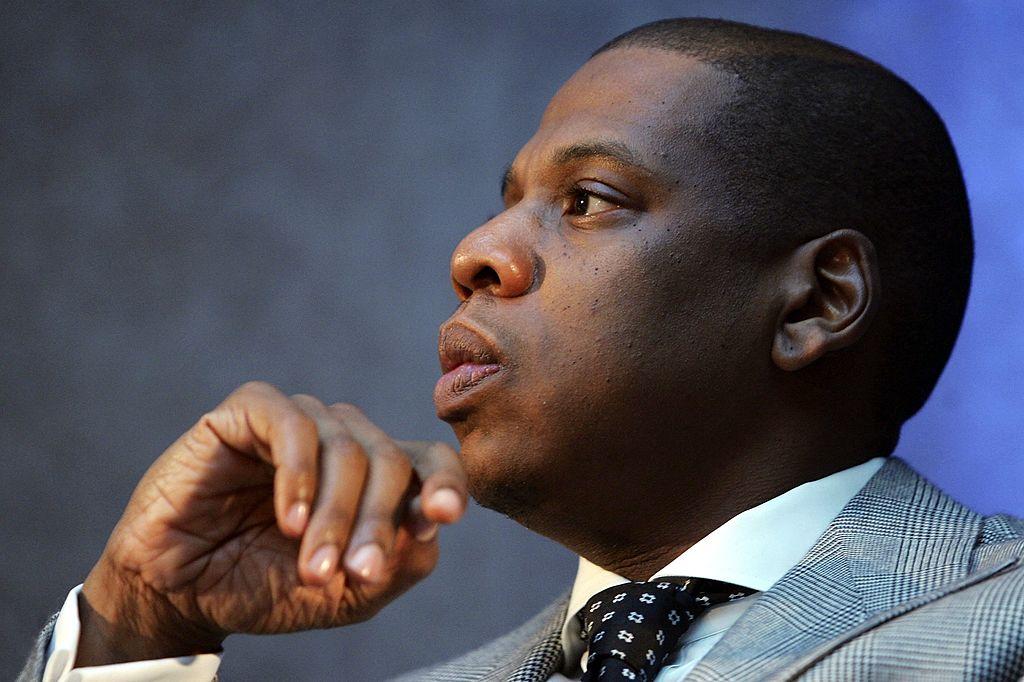
Over the years I have heard so many times from HR talent acquisition folks that the reason their company is not hiring more women or people of color is that the hiring managers often do not select the “diverse” candidate from the pool of qualified applicants that they send. I also have heard many times from hiring managers that HR does not send them qualified candidates.
Some companies have implemented policies that require diverse applicant slates. As a matter of fact one progressive CEO told me a few years ago that he personally reviewed every candidate slate for director and above positions and required his direct reports to provide an explanation for not hiring candidates from underrepresented groups. Policies and practices like this may be rare. From what I hear, it is more often that the HR department works hard at finding a diverse candidate pool but more often than not the hiring manager selects the candidate that he/she thinks is a better fit.
So why is there a disconnect? Whose fault is it? Is it that HR does not send qualified candidates for managers to choose from or is it that managers resist selecting qualified historically underrepresented individuals? I think several things are going on.
- Unfortunately HR does not always have the best reputation. Many hiring managers still perceive the HR department as a “necessary evil”. So the relationship is not one built on mutual respect and trust. Therefore, if HR is perceived as advocating for the “diverse” candidate, the hiring manager may be suspect.
- The hiring manager feels that he/she is being forced to hire the “diverse” candidate under some veiled quota disguise.
- The hiring manager already knows who he/she wants to put in the position. We all know that nepotism is alive and well. Sometimes the job description is written so narrowly that only the person the hiring manager has in mind would qualify.
So what is the Inclusion Solution?
- HR managers and HR professionals must work on building a trusting relationship. Learn about each other. HR should concentrate on understanding the hiring manager’s business challenges and their leadership style.
- HR should approach the work in a strategic rather than tactical way. Talk with the hiring manager about his/her long-term goals and objectives for the department. Link those to the business case for diversity.
- HR must build relationships with potential candidates. One HR executive told me that he had “courted” a candidate for several years. The prospective employee worked for another company and was not ready to make a move. The HR executive invited him to lunch every few months just to check in and after about 18 months the candidate was ready to consider making a move. In other words, develop a pool of potential candidates even if there is not a current opening.
- Hiring managers need to be more self-aware of their biases and their tendency to hire based on fit and comfort level. As a hiring manager do you assume that historically underrepresented candidates will be less qualified? Why do you hold that perspective? What data do you have to support it?
- Hiring managers should examine their long term objectives and how diversity would assist in helping to achieve the business goals.
- Hiring managers should assess how many times they hire people who are more like them or those who have been recommended by trusted colleagues and friends.


















